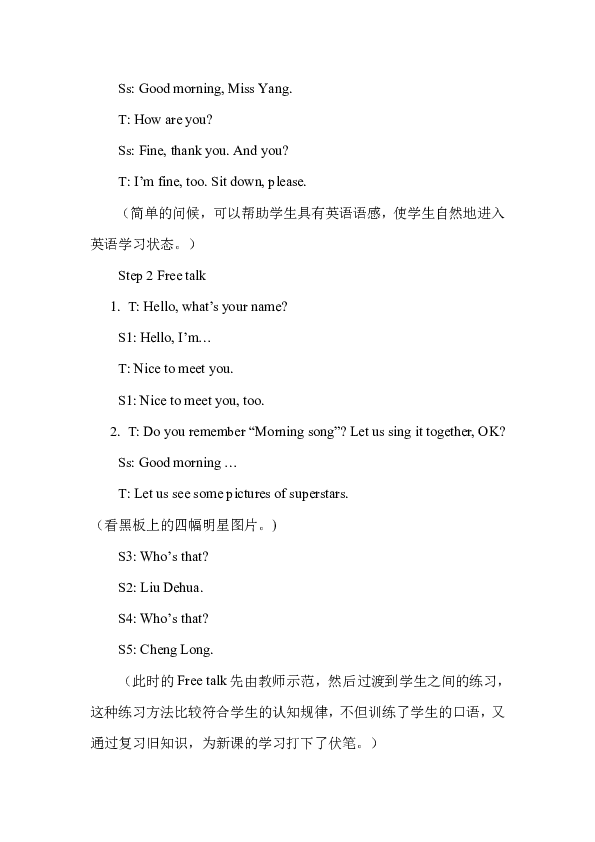How Do You Calculate Interest on a Loan: A Comprehensive Guide to Understanding Loan Interest Calculations
When it comes to borrowing money, understanding how interest works is crucial. Many individuals find themselves asking, How do you calculate interest on a l……
When it comes to borrowing money, understanding how interest works is crucial. Many individuals find themselves asking, How do you calculate interest on a loan? This question is not just about numbers; it’s about making informed financial decisions that can save you money in the long run. In this guide, we will break down the various components of loan interest calculations, ensuring you have a clear understanding of how to manage your finances effectively.
First, let’s explore the basic concepts of loan interest. Interest is essentially the cost of borrowing money. When you take out a loan, the lender charges you a fee for the privilege of using their funds. This fee is expressed as a percentage of the loan amount, known as the interest rate. The interest can be calculated in several ways, most commonly through simple interest or compound interest.
To answer the question, How do you calculate interest on a loan?, you first need to identify the type of interest being applied.
1. **Simple Interest**: This is calculated using the formula:
\[
\text{Simple Interest} = P \times r \times t
\]
Where:
- \( P \) is the principal amount (the initial loan amount)

- \( r \) is the annual interest rate (in decimal form)
- \( t \) is the time the money is borrowed for (in years)
For example, if you borrow $1,000 at an interest rate of 5% for 3 years, the simple interest would be:
\text{Simple Interest} = 1000 \times 0.05 \times 3 = 150
This means you would pay $150 in interest over the 3 years, making your total repayment $1,150.
2. **Compound Interest**: This is calculated on the initial principal and also on the accumulated interest from previous periods. The formula for compound interest is:
A = P \left(1 + \frac{r}{n}\right)^{nt}

- \( A \) is the amount of money accumulated after n years, including interest.
- \( P \) is the principal amount.
- \( r \) is the annual interest rate (decimal).
- \( n \) is the number of times that interest is compounded per year.
- \( t \) is the number of years the money is borrowed for.
For example, if you borrow $1,000 at an interest rate of 5%, compounded annually for 3 years, the calculation would be:
A = 1000 \left(1 + \frac{0.05}{1}\right)^{1 \times 3} = 1000 \left(1.05\right)^{3} \approx 1157.63

Therefore, the total interest paid would be approximately $157.63.
Understanding these calculations is essential for anyone considering a loan, whether it’s for a car, home, or personal expenses. It allows you to compare different loan offers and choose the one that best suits your financial situation.
In addition to knowing how do you calculate interest on a loan, it’s also important to consider other factors such as loan terms, fees, and your credit score. These elements can significantly impact the overall cost of the loan and your ability to repay it.
In conclusion, being knowledgeable about how to calculate interest on a loan empowers you to make better financial decisions. Whether you’re evaluating a personal loan, mortgage, or student loan, understanding the intricacies of interest calculations will help you navigate the lending landscape with confidence. Always remember to shop around for the best rates and terms, and never hesitate to seek financial advice if needed.